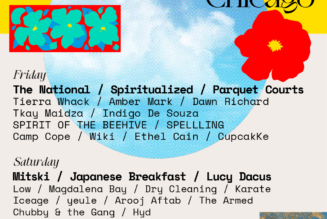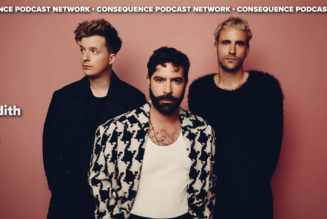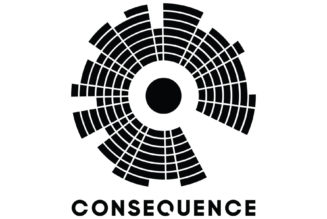
Hipgnosis Songs Funds improved its gross revenue for the six months ended Sept. 30 by 35% year-on-year to $85.3 million, primarily due to the revenue from eight catalogs with 1,315 songs acquired in the previous six months, the company announced Thursday (Dec. 16) in its bi-annual report to investors. Net revenue—gross revenue minus royalties paid to songwriters under contract and administered catalogs—grew 31% $74.1 million during the same period.
Since its launch in 2017, Hipgnosis has built a catalog of over 65,000 songs with a net asset value of $1.63 billion as of Sept. 30, up from $1.46 billion on March 31. (NAV is the acquisition costs less amortization.) An alternative measure, “operative” NAV, which adds to NAV the increase in the catalog’s fair value, rose from $1.81 billion to $2.09 billion. On a per-share basis, Hipgnosis’s six-month NAV return was 4.63% in the period, bringing its total NAV return since its 2018 IPO to 46.7%.
The latest additions to the Hipgnosis catalog include Red Hot Chili Peppers, Fleetwood Mac’s Christine McVie, British rock group Kaiser Chiefs and country artist Rhett Atkins. It now owns writer’s share, publisher’s share or both in 11 of YouTube’s top 30 most-viewed videos and 49 out of 190 songs to have exceeded one billion streams on Spotify, including Justin Bieber’s “What Do You Mean?,” Journey’s “Don’t Stop Believe” and “Havana” by Camilla Cabello.
Most of its catalog comes from the types of songs publishers prize most: rock and pop songs more than 10 years old that consistently get radio plays, streams and appearances in film, TV and ads. That timelessness is what makes music the “countercyclical” asset—meaning it’s uncorrelated to larger economic shifts such as a recession—investors have grown to love in recent years.
But music hasn’t been totally pandemic-proof during a surge in streaming revenues from subscription services such as Spotify and Apple Music. In 2020, the closure of live venues, bars, restaurants and retail stores hurt performance royalties, which accounted for 27% of Hipgnosis’s net revenue in the six months ended Sept. 30. As a result, on a like-for-like basis, its catalog’s revenue fell 7.9% in 2020 ignoring the incremental revenue from newly acquired catalog.
Performance income fell 2% to 27% in the six-month period, from 29% of revenue in the 12 months ended March 31.
Hipgnosis expects “further impacts to come in the short term” but believes worldwide markets’ recoveries will help performance royalties to return to fiscal 2021 levels in fiscal 2023.
With a seemingly unlimited number of established catalogs in play, Hipgnosis raised £156 million ($206.5 million at the current exchange rate) of equity capital in the period, bringing the total equity raised to £1.3 billion ($1.72 billion). Additionally, Hipgnosis has a fully drawn, $600 million revolving credit facility, up from $400 million reported in September 2020. It will not sell additional shares until after March 31, 2022, although founder Merck Mercuriadis has partnered with private equity giant Blackstone to invest up to $1 billion in music assets over the next year—through Hipgnosis Songs Management, not its royalty fund.
Hipgnosis’s bi-annual reports to investors provide the best snapshots of the new business model in an industry short on publicly available details. Not quite a traditional music publisher, not a passive investor, Hipgnosis Songs Fund is a shell company incorporated in Guernsey and listed on the London Stock Exchange. To raise equity on the LSE, Hipgnosis became the first company to create a new asset class in music, the royalty fund, a move that accelerated independent publishing companies’ growth and helped attract more institutional investors to the space.
Unlike a traditional company, Hipgnosis has a non-executive board of directors and numerous consultants—accounting, legal, business management— but no employees. Mercuriadis, the face of the company, also heads Hipgnosis Songs Management, an investment advisor that lines up catalogs to acquire and squeezes more value from the songs “which had been left to languish in the hands of publishers,” he wrote in the report.
HSM promotes its songs and pursues sync licenses, which increased 20% from the second to third quarter. It also works to build a presence on TikTok, where “breakout activity…leads directly to YouTube views and additional streaming of songs,” he wrote. Like more traditional companies, Hipgnosis has a creative team for original compositions and recordings, and it administers songwriting catalogs—currently 30 of them with six more on the way.










Tagged: business, entertainment blog, Hipgnosis, Merck Mercuriadis, music blog, Publishing